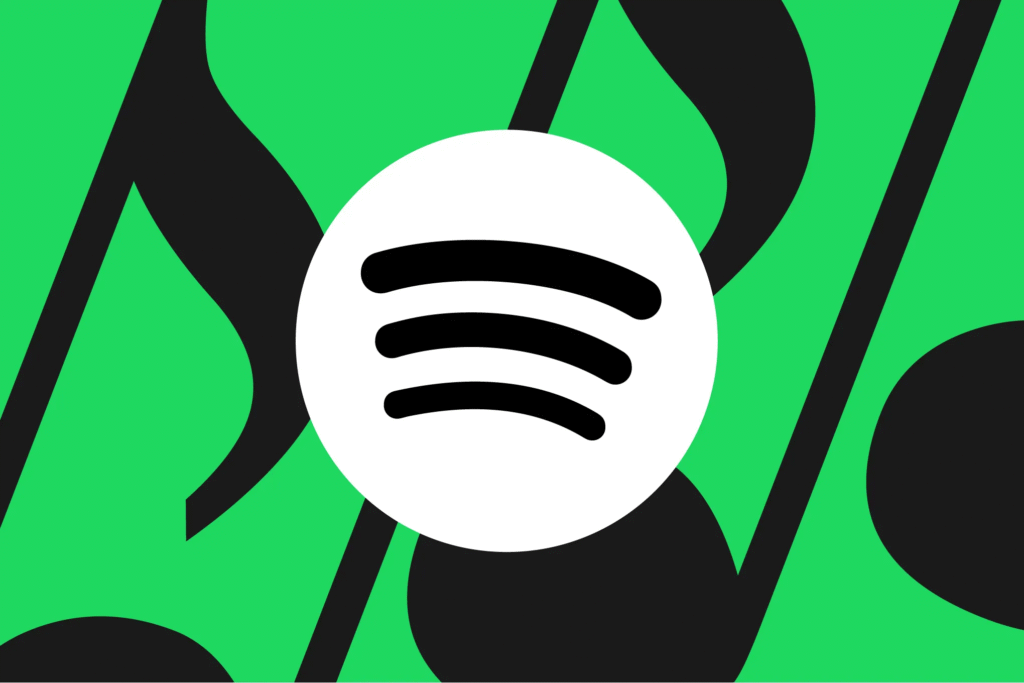It has been more than four years since Spotify first promised a lossless audio tier. The service has yet to launch it. This week, developers discovered new code in the desktop version of Spotify that mentions a lossless option. These findings suggest the company still plans to add high‑fidelity streaming for Premium users.
Code reveals lossless help cards
On Wednesday, reverse engineer Chris Messina pointed out that the latest Spotify build contains references to help cards. One card reads that lossless music is now part of Premium. Another tells users they can listen at up to 24‑bit, 44.1 kHz. There are notes warning that not all tracks are available in lossless format. The code also reminds users that wired devices or those compatible with Spotify Connect deliver the best quality.
In the mobile app, hidden strings echo the same message. A developer on Reddit reported seeing new text that greets users with a description of lossless sound. The code implies that the feature is in the app but not yet enabled for customers.

Why lossless has been delayed
Spotify had declared in 2021 when it unveiled its HiFi tier that it would be CD-quality sound. Licensing issues compelled the firm to delay the feature. At the beginning of 2025 Spotify signed new agreements with big labels, Warner Music and Universal Music Group. Those agreements cleared some of the last obstacles to offering lossless streaming on the platform.
On its recent earnings call Spotify executives again hinted at higher‑tier offerings for super fans. The Chief Business Officer said the company was working on new Premium tiers to delight listeners. Yet no firm launch date has been shared.
What listeners can expect
By the time it gets there, it will introduce a lossless tier where subscribers will have greater flexibility on the audio quality. Through streaming uncompressed music in a 24‑bit resolution, music lovers will be able to see the details which are not audible in normal compression. Recordings, including jazz, classical, and acoustics, are the genres that will benefit the most out of the clarity. People with an eye on the sound quality and those who have and own wired models of headphones (or hi-res wireless) will be the most benefited.
According to the newly discovered code, Spotify plans to guide users with on‑screen tips. These will explain how to switch to lossless mode and troubleshoot any playback issues. Users will also see alerts if their connection drops below the speed needed for high‑fidelity streams.
When lossless might arrive
Leaked code does not guarantee an imminent launch. Spotify has tested hidden features before only to shelve them later. Observers note that the recent label deals suggest a realistic path to release in late 2025. Other reports have claimed that a new Music Pro tier is in the works. That package would include high‑quality streaming, remix tools, and more.
Subscribers can watch for official word in the coming months. Spotify often announces major product upgrades at its annual Stream On event each fall. If the code is any guide, the firm is quietly building out the infrastructure needed for lossless delivery. Once the company flips the switch, an upgrade option may appear inside the app’s audio settings.
The road ahead for premium audio
The streaming industry has watched Apple Music and Tidal compete on high‑resolution sound. Spotify’s entry into the lossless market could shift subscriber preferences. Artists and labels may also embrace the change as a way to showcase new recordings in their full fidelity. For now, the code hints offer hope to audiophiles who have long awaited CD‑quality streaming on Spotify.

As Spotify finalizes licensing and engineering work, it must also test the network demands of lossless streams at scale. Successful rollout will depend on seamless switching between compressed and lossless formats based on network conditions. Spotify’s decades of experience in adaptive streaming position it well to deliver a polished experience. The newest code traces show that Spotify has not abandoned its promise. When the lossless tier finally arrives, it may deliver the kind of listening upgrade that loyal fans have been asking for since 2021. Until then, interest will grow with each hint of hidden support buried in the app’s code.





